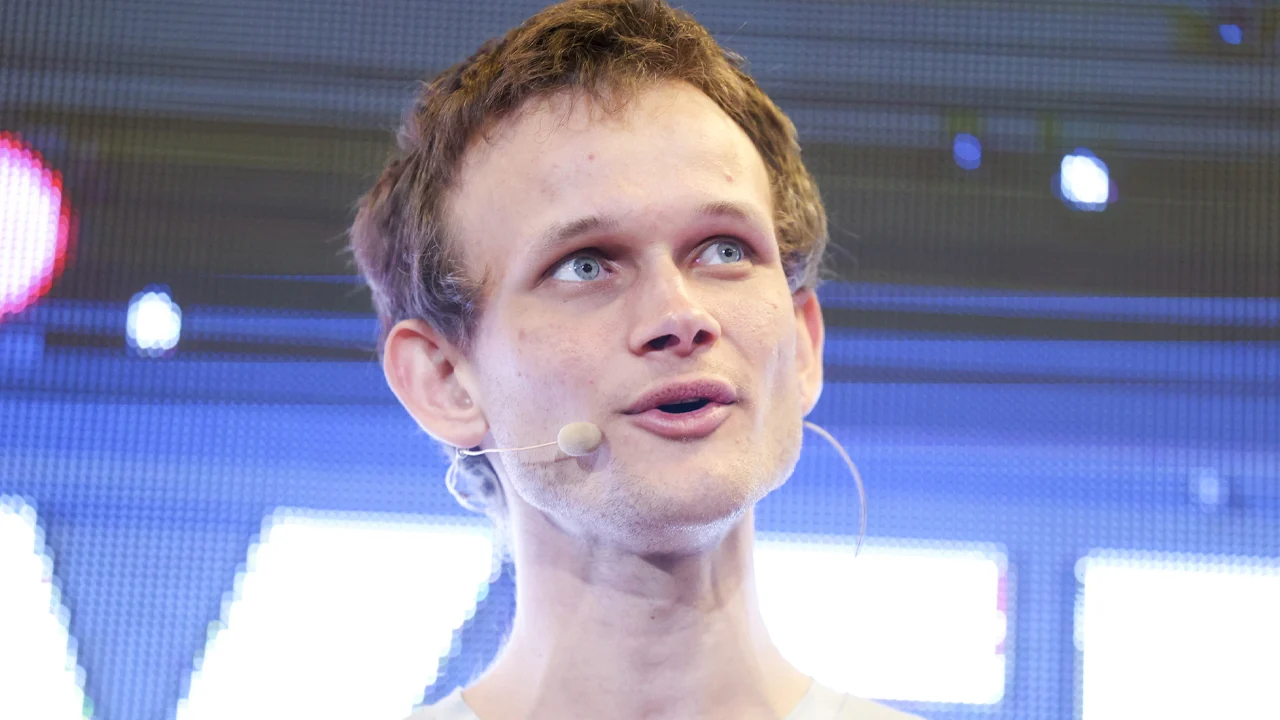The classic financial system is bursting at the seams under the pressure of digitalization. It’s not futurists who stand against it, but formulas, codes, protocols, and the idea of complete transparency. How to invest in DeFi is the question that marks the beginning of a new era of distributed capital outside of banks, funds, and intermediaries.
Numbers are not just theory: since the beginning of 2020, the volume of locked assets in decentralized financial protocols has exceeded $200 billion. Although three years ago, this market looked like an experiment by enthusiasts. Now, it’s a full-fledged financial mechanism of Web3 with decentralization at its core.

Decentralized finance is not just a trend but a real transformation of financial architecture. Instead of corporate vaults, there is blockchain. Instead of banking approval, there is an algorithm. Smart contracts form the basis, automating transactions and eliminating trust as a mandatory condition.
Understanding what DeFi is and how to invest makes it clear: it’s about logic, not emotions. Protocols manage liquidity, lending, staking, and exchanges without the human factor. Everything is decided by code.
Successful investing requires choosing the right model. Mechanisms are not universal, assets are unstable, risks are high, but so is the potential return.
Farming is not about corn but about liquidity pools. Users provide assets and, in return, receive a share of fees and additional tokens.
Example: by investing $10,000 in the USDC/ETH pool with a 25% annual return, you can potentially earn $2,500 without considering token price changes.
Smart contracts allow locking tokens to earn interest. Many DeFi projects offer 5–20% annual returns depending on the risk level.
Example: staking ATOM tokens in the Osmosis protocol provided a 14.2% return over 12 months.
Blockchain is not about mining but about structure. In decentralized finance, it records every action: deposits, exchanges, loans. Errors have been minimized, hidden fees and manipulations eliminated.
Ethereum remains the main platform. Hundreds of platforms, including Aave, Uniswap, Curve, and Yearn, are built on it. Everything operates based on smart contracts, excluding intermediaries and the “human factor.”
Capital concentration has focused on a few protocols. Below are the key players shaping the development direction.
Expanded list:
Each of them reveals how to invest in DeFi from different angles: trading, lending, income, stability.
High volatility may deter, but stablecoins solve this issue. USDT, USDC, and DAI are pegged to the dollar, reducing risks and enabling strategies with fixed returns.
Their popularity has grown amid market instability. In 2023, the share of stablecoin-involved transactions reached 60% of the total DeFi transaction volume.
The concept of “digital assets” includes tokens, NFTs, digital bonds. In DeFi, the focus is on cryptoassets participating in financial operations: collateral, staking, exchange.
LP tokens (liquidity provider) allow earning rewards by providing liquidity to Uniswap or Curve pools.
Traditional asset management requires teams of analysts. DeFi changes the approach — here, asset management happens through protocols. Algorithms analyze markets, reallocate liquidity, and use strategic models.
Decisions are made by DAO — a decentralized community of token holders. An efficient model is formed: direct influence without a board of directors.
The concept of Web3 encompasses everything: interface, structure, governance. Without decentralization, there is no Web3; without Web3, there are no decentralized finances. Each protocol functions autonomously, providing security and undergoing authenticity verification. System actions are synchronized, verified, and controlled without intermediaries.
Users define the capital path themselves. Algorithms ensure fairness. Contracts enforce conditions.
To understand how to invest in DeFi, it’s important to consider technical details and market realities. Platforms, tokens, fees, asset stability, and legal environment — everything impacts the outcome.

Algorithm of actions:
Decentralized finance doesn’t promise quick riches. It provides tools. Those who know how to invest in DeFi gain control, transparency, and an alternative to banks. In this system, there’s no office, but there’s logic. No manager, but an algorithm. And most importantly — no promises, only clear conditions.

The world of cryptocurrencies is surprising for its dynamics and innovations. Behind many projects are people whose ideas are changing the financial industry. Vitalik Buterin is one of those geniuses. His vision and ability to execute complex concepts have made the creator of Ethereum a key figure in the cryptocurrency world. Vitalik Buterin: Biography and …

The digital asset market has become tougher and more transparent. Secure storage of cryptocurrencies in 2025 requires not only technologies but also strict discipline. Analysts’ statistics show a 23% increase in hacker attacks over the past two years. Every wrong move costs thousands of dollars and reputation. Any mistake turns bitcoin or ether from an …